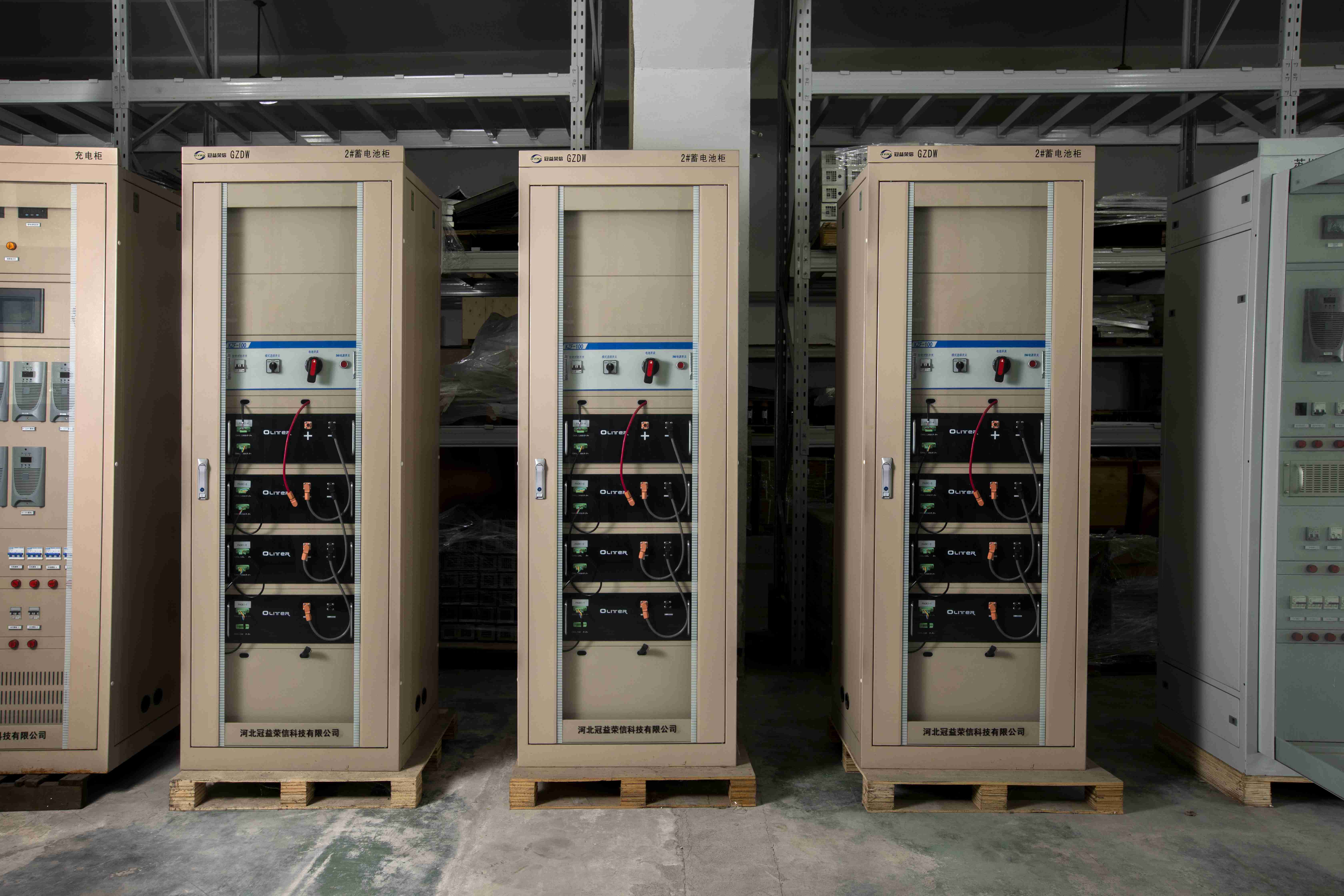
nov . 10, 2024 14:02 Back to list
Optimizing Energy Management Systems for Enhanced Factory Efficiency and Sustainability
Optimizing Energy Management Systems in Factories
In today’s industrial landscape, the demand for energy efficiency has never been higher. As factories strive to meet sustainability goals and reduce operational costs, optimizing energy management systems (EMS) has emerged as a critical strategy. This approach not only addresses environmental concerns but also enhances the economic viability of manufacturing operations.
An effective Energy Management System serves as a framework for organizations to manage their energy usage systematically, ensuring that energy is used efficiently and effectively throughout the manufacturing process. At its core, an EMS involves the integration of technology, data analysis, and energy policies to monitor, control, and reduce energy consumption.
Understanding the Components of EMS
An optimal EMS typically consists of several key components an energy monitoring system, data analytics tools, automated control systems, and a robust energy management policy
. The energy monitoring system collects real-time data on energy consumption across various processes. By implementing sensors and smart meters, factories can gain insights into their energy usage patterns, helping to identify inefficiencies and areas for improvement.Data analytics plays a pivotal role in optimizing energy efficiency. Advanced analytics tools can process and analyze large volumes of data, allowing manufacturers to detect trends and anomalies in energy consumption. With this information, factories can make informed decisions regarding energy savings measures and investment in more efficient machinery or technology.
Furthermore, automated control systems enable factories to adjust energy-intensive equipment in real-time based on demand. For instance, utilizing smart HVAC systems can ensure optimal heating and cooling, reducing energy waste. These systems can be programmed to reduce energy consumption during periods of low activity while maintaining comfort levels for workers.
Benefits of an Optimized EMS
energy management system optimization factory

Implementing an optimized EMS yields multiple benefits for factories. Firstly, it leads to significant cost savings. The efficient use of energy can reduce utility bills substantially, freeing up capital for reinvestment into other areas of the business. Moreover, as energy prices fluctuate, having a systematic approach to energy management can buffer factories against rising costs caused by inefficiencies.
Secondly, optimizing EMS contributes to sustainability efforts. By reducing energy consumption, factories lower their carbon footprint, which is increasingly important due to regulatory pressures and consumer demand for environmentally friendly practices. A commitment to sustainability can enhance a company's brand reputation and appeal to eco-conscious consumers.
Additionally, an optimized EMS can foster a culture of energy awareness among factory employees. When workers understand the importance of energy efficiency and are encouraged to adopt energy-saving practices, they can contribute to achieving the organization's energy goals. Training programs and incentive mechanisms can help engage employees in this initiative.
Challenges to Implementation
Despite the numerous advantages, factories may face challenges when implementing an EMS. Initial setup costs for advanced monitoring systems and smart technologies can be prohibitive for some businesses. Moreover, integrating new technologies with existing infrastructure may require significant effort and expertise.
Furthermore, the success of an EMS relies heavily on management support and a commitment to continuous improvement. Without a clear policy and measurable goals in place, the initiative may lack direction, leading to underwhelming results.
Conclusion
In conclusion, optimizing energy management systems in factories is a smart investment that yields economic and environmental benefits. By leveraging advanced technologies and data-driven strategies, manufacturers can significantly reduce energy consumption, enhance operational efficiency, and promote sustainability. While there are challenges to overcome, the rewards—cost savings, improved brand reputation, and a greener planet—make the endeavor worthwhile. Factories that prioritize energy management are not just improving their bottom line; they are also contributing to a more sustainable future for all.
-
Intelligent Energy Management for Efficient Power Use at Home
NewsJul.23,2025
-
Advanced Energy Management System EMS OEM Solutions
NewsJul.22,2025
-
Efficient Energy Management System: Optimize Savings & Monitoring
NewsJul.21,2025
-
Reliable ESS Energy Storage Solutions | Efficient Power Backup
NewsJul.21,2025
-
Self-Cooling-PW-164: Advanced Automatic Cooling Motor Technology
NewsJul.20,2025
-
Energy Management System Optimize Energy Use & Save Costs
NewsJul.20,2025























